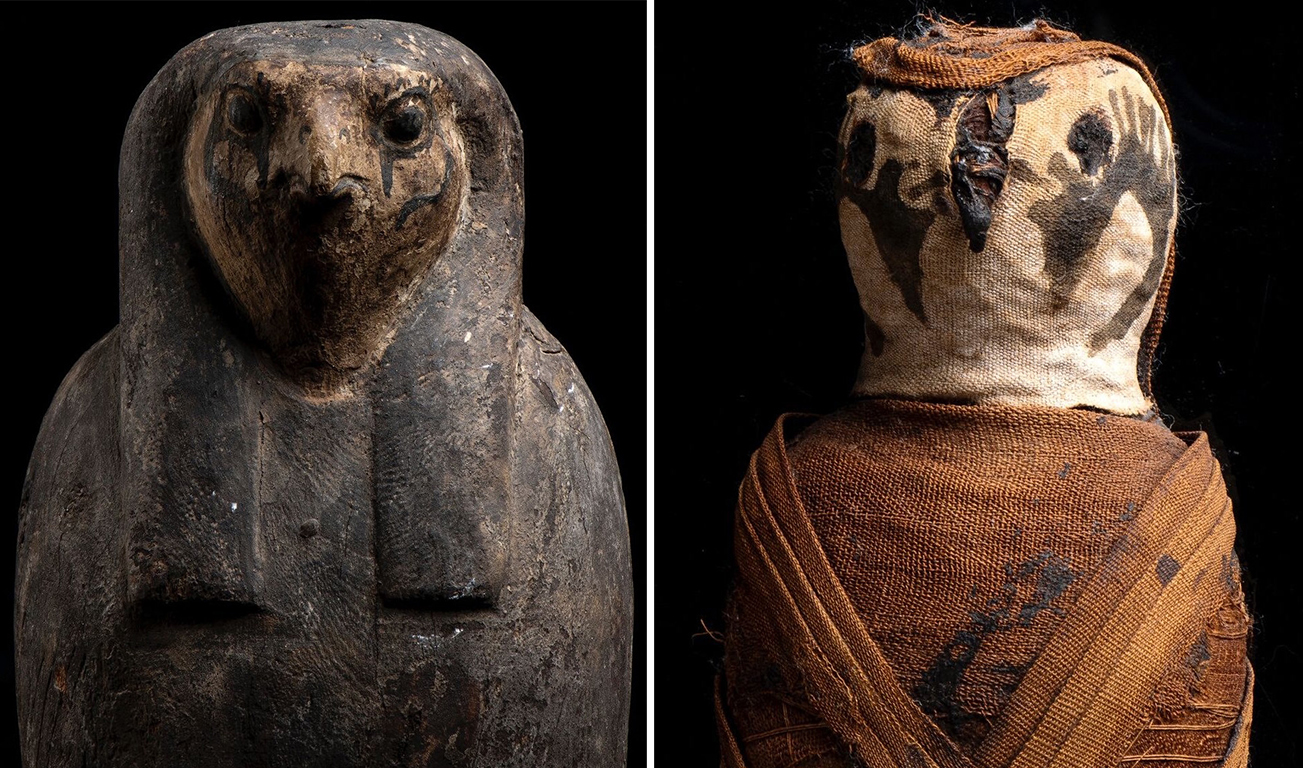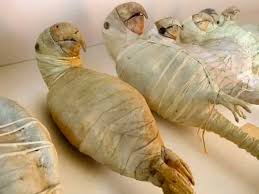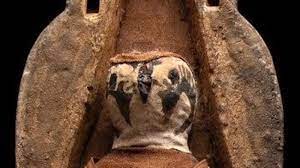Archaeological Discovery in Mexican Cave Reveals Ancient Trade Secrets
In a significant archaeological discovery, a series of unusual remains dating back thousands of years were found in Cueva de los Avendaños, a cave in Chiapas, Mexico. The findings, unearthed by a team of archaeologists from the Mexican National Institute of Anthropology and History (INAH) and the University of California, Berkeley, painted a vivid and complex picture of ancient life. The remains included a baby skeleton, the lower half of a man with his feet tied together, and a surprisingly well-preserved parrot mummy. The combination of these artifacts, along with their age—the human remains dating back roughly 3,000 years and the parrot mummy around 2,000 years old—presented a fascinating new puzzle for researchers to solve


The human remains also provided a wealth of information about ancient rituals and social customs. The man with his feet tied, buried in what appears to be a ceremonial context, hints at a ritualistic death or a specific form of burial reserved for certain individuals. The burial of the baby, the parrot, and the man in the same cave over a thousand-year period suggests the site held a long-standing spiritual or ceremonial significance to the people who used it. Together, these discoveries in the Avendaños Cave challenge previous assumptions about the isolation of these early societies and provide a tangible link to a hidden history of ancient trade and culture.
